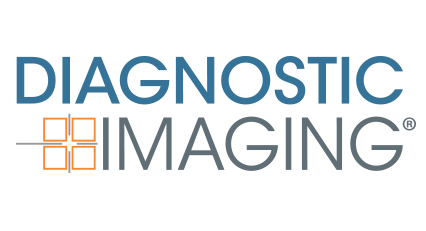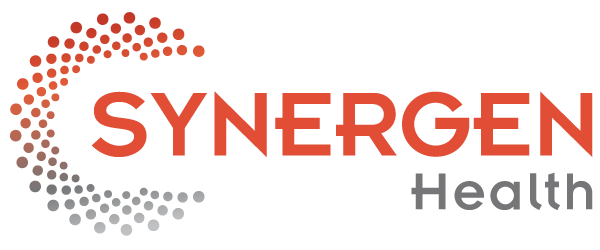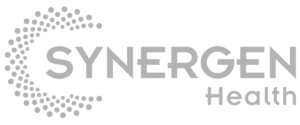By: Teri Gatchel-Schmidt, Vice President Business Development, SYNERGEN Health
 Automated solutions can improve productivity while minimizing time and cost.
Automated solutions can improve productivity while minimizing time and cost.
Currently, radiology practices face several challenges, such as decreased utilization during COVID-19, payer reimbursement policy changes, and consumerization of healthcare. A decrease in utilization has led to a reduction in staffing levels while payer reimbursement changes, such as increased prior authorization requirements, have added more work to the revenue cycle staff.
A recent statistic shows a 300-percent increase in previous authorization denials. Also, consumerization has required practices to overhaul their patient financial experience. Now more than ever, practices are required to adopt technologies like artificial intelligence (AI), machine learning (ML), and consumer-centric workflows to enable digital transformation in their workforce and practice.
Due to consumer expectations, there is a continuous shift toward digitally guiding the patient’s financial experience. This, coupled with growing patient responsibilities due to high deductible plans, requires a new level of resources and focused efforts. Additionally, the lack of integrated technology between billing and electronic health record systems adds another layer of complexity to the existing revenue cycle workflow.
Related Content: Revenue Cycle Management for the Pandemic
As imaging and radiology organizations continue to face increasing challenges in the financial exchange and reimbursement landscape, they are left with two distinct choices of adding more resources or automating key processes. It is crucial to adopt critical technologies capable of boosting efficiency throughout the revenue cycle. This allows employees to focus their time on value-added activities while addressing the historical challenges listed above.
After a year of reduced revenues due to the coronavirus, organizations are re-examining their administrative procedures to optimize efficiency and accuracy. With innovations, such as robotic process automation (RPA) and ML, organizations can improve the bottom line while scaling resources to focus on complex, value-added activities. Automating portions of the revenue cycle management system to a digital platform creates an opportunity for imaging/radiology groups to streamline even the most complex end-to-end processes and functions, allowing them to recapture lost revenue.
For example, a radiology group facing an increase in account receivables (AR) may begin to explore initial steps to automate several repetitive or mundane tasks to gain the most significant efficiency for improvements to their bottom line. Apart from the increase in AR, the radiology group would also face an average of a seven-day delay-in-claim submission.
With the implementation of ML algorithms, the radiology group can recognize patterns and suggest predictive actions for optimal claim follow-up and denial resolution. Predictive denial modeling and reporting can be performed in advance of the payor’s response. These cases suggest the correct fix for the denials using the past learning and underpayment analysis for out-of-network claims. Combining innovations, such as RPA and ML, makes it possible to automate even the most complex end-to-end processes and functions.
For more coverage based on industry expert insights and research, subscribe to the Diagnostic Imaging e-Newsletter here.
Due to the implementation of technology across the revenue cycle processes, a radiology group can successfully reduce a more than 90 insurance AR from 40 percent to 15 percent, in turn reducing the days in AR from 49 to 25, which is well within the industry benchmarks. It can also increase the percentage of clean claim rates by more than 99 percent. Additionally, the radiology group could obtain transparency into the root causes of the delay-in-claim submission. With the implementation of technology, it improved the delay in submission from seven to four days.
While each group has its unique challenges, the approach of automation implementation is the same. The first step is to identify the most critical challenges and inefficient processes to address.
Conducting a workflow analysis is crucial to identify where automation can drive efficiencies. Once an analysis is complete, they should re-engineer the key processes and prioritize which workflows to automate based on the ease of implementation and return on investment. Many organizations make the mistake of attempting to automate current inefficient manual processes without re-engineering them or accurately evaluating the workflow.
An automation solution does not replace existing technology investments but rather supplements the shortcomings of core and ancillary systems. Automation for administrative functions offers a layer that helps organizations improve their productivity and focus on more value-added tasks while minimizing time and costs that arise from repetitive tasks. This, in turn, helps accelerate cash flows and improve operating margins.

